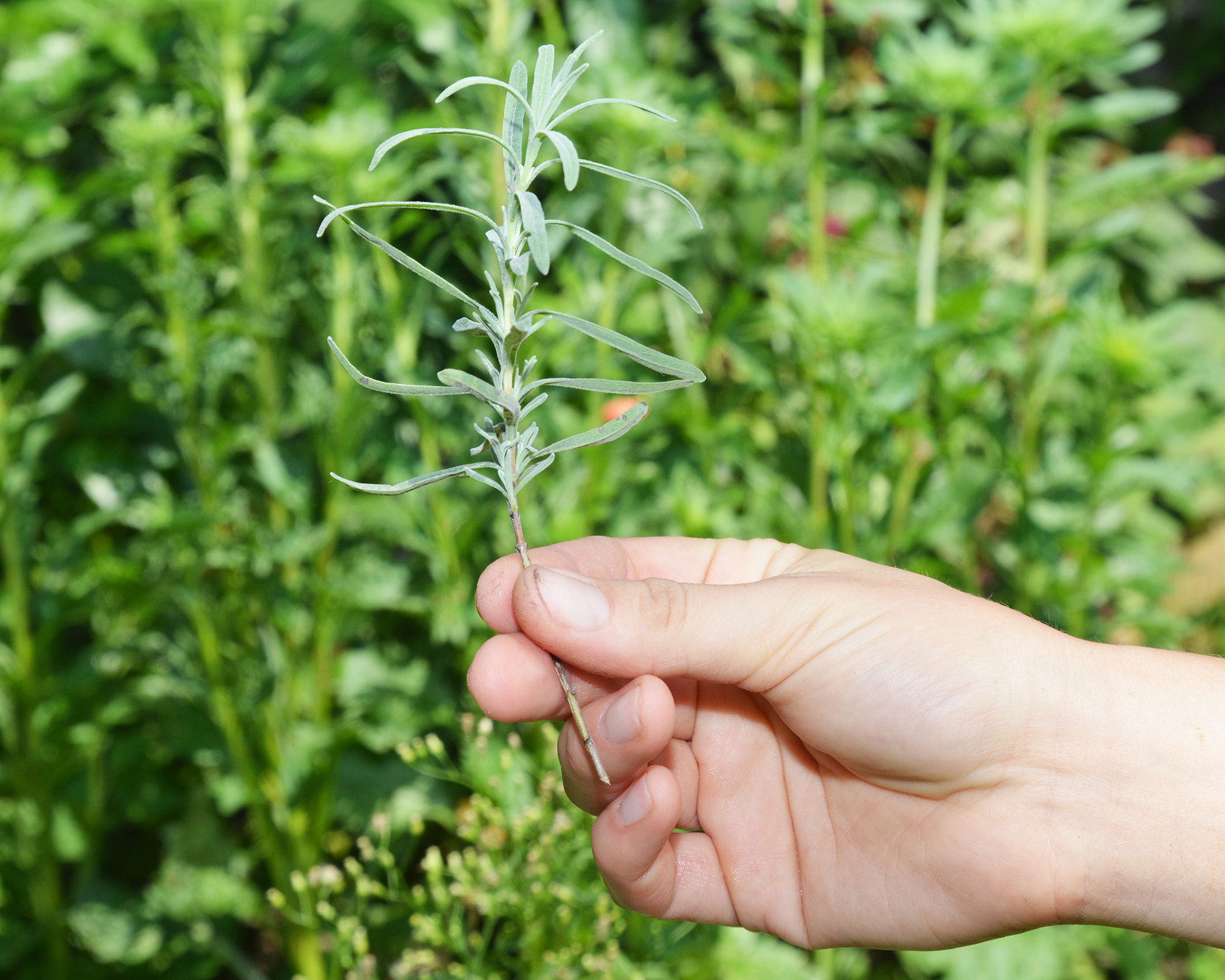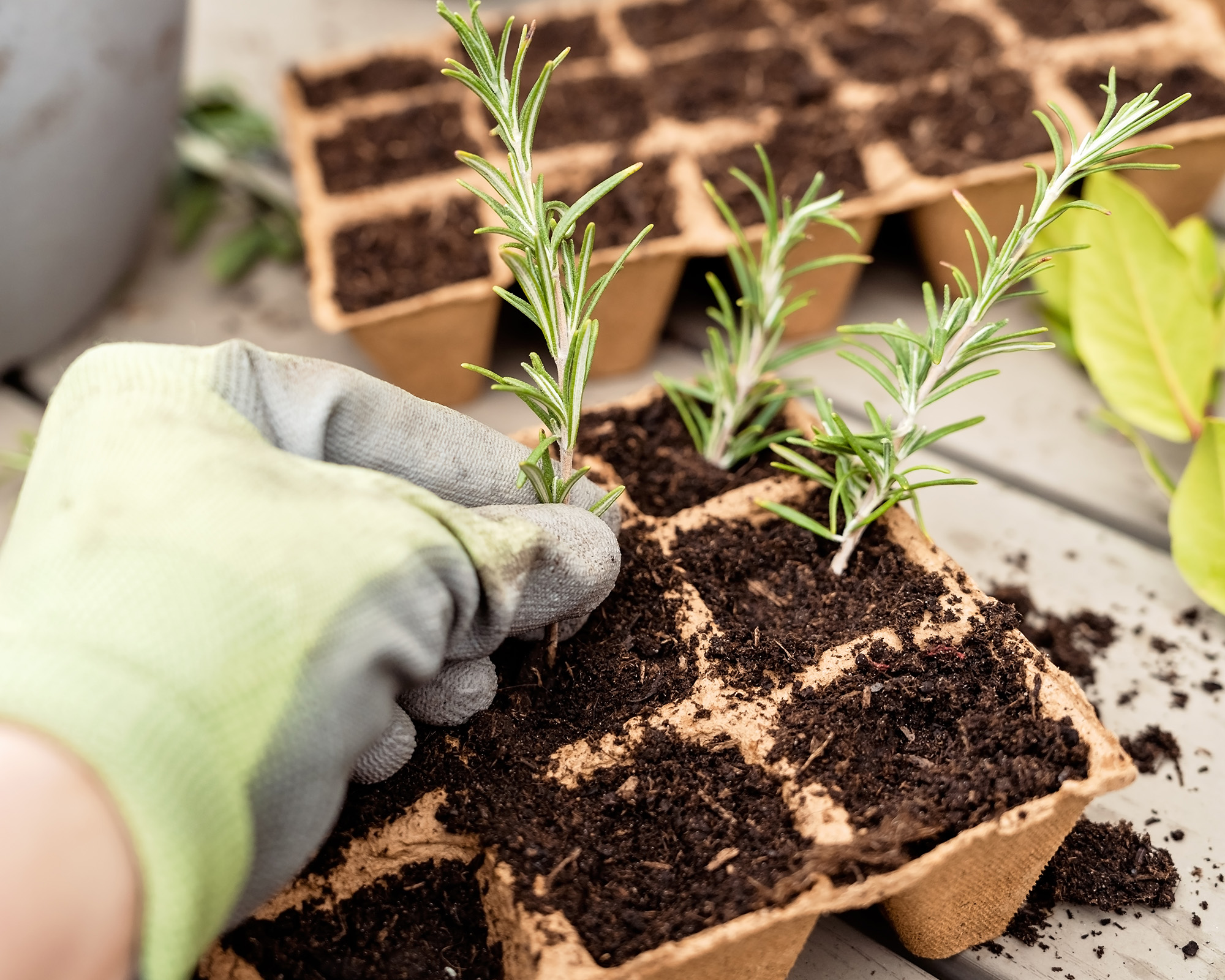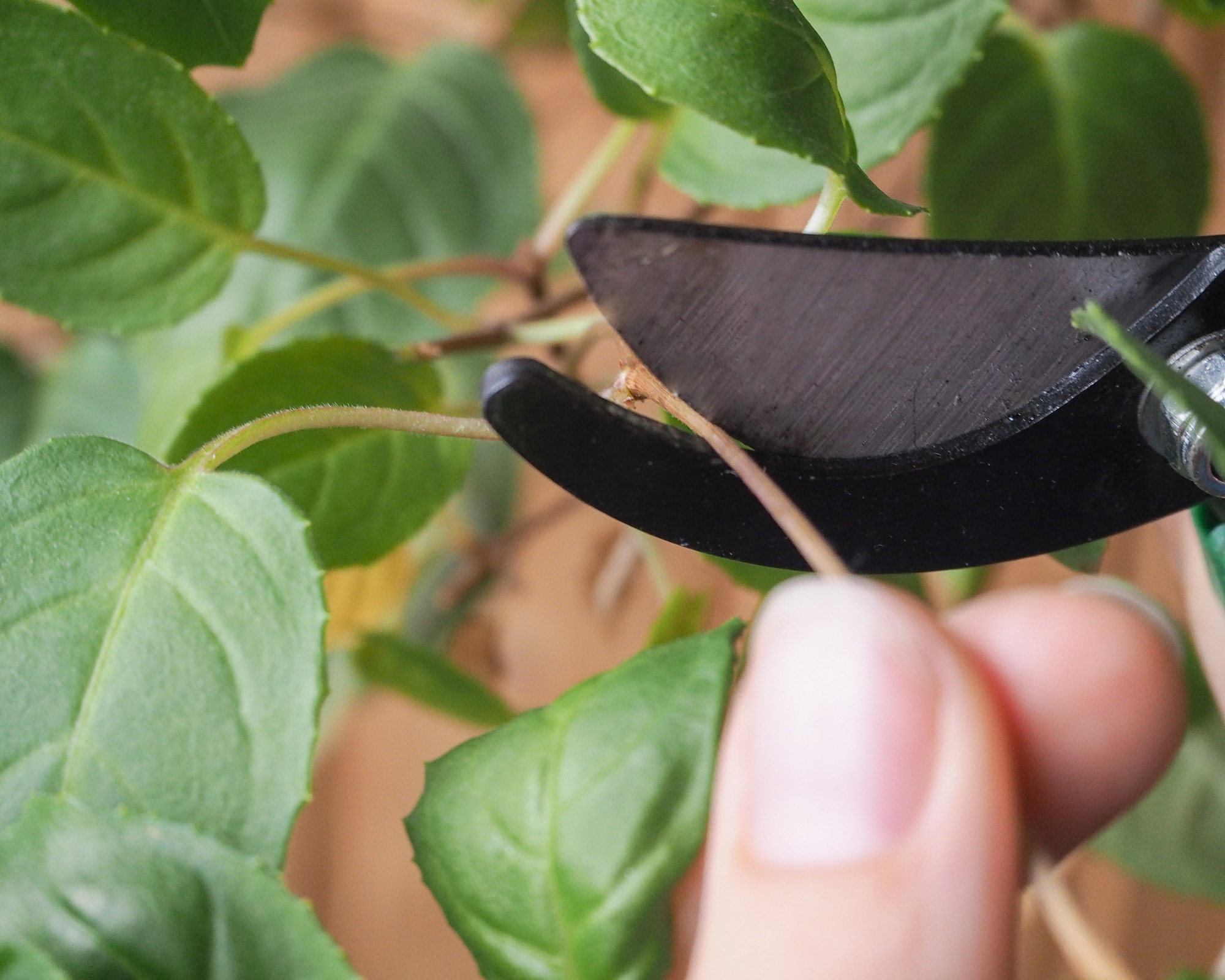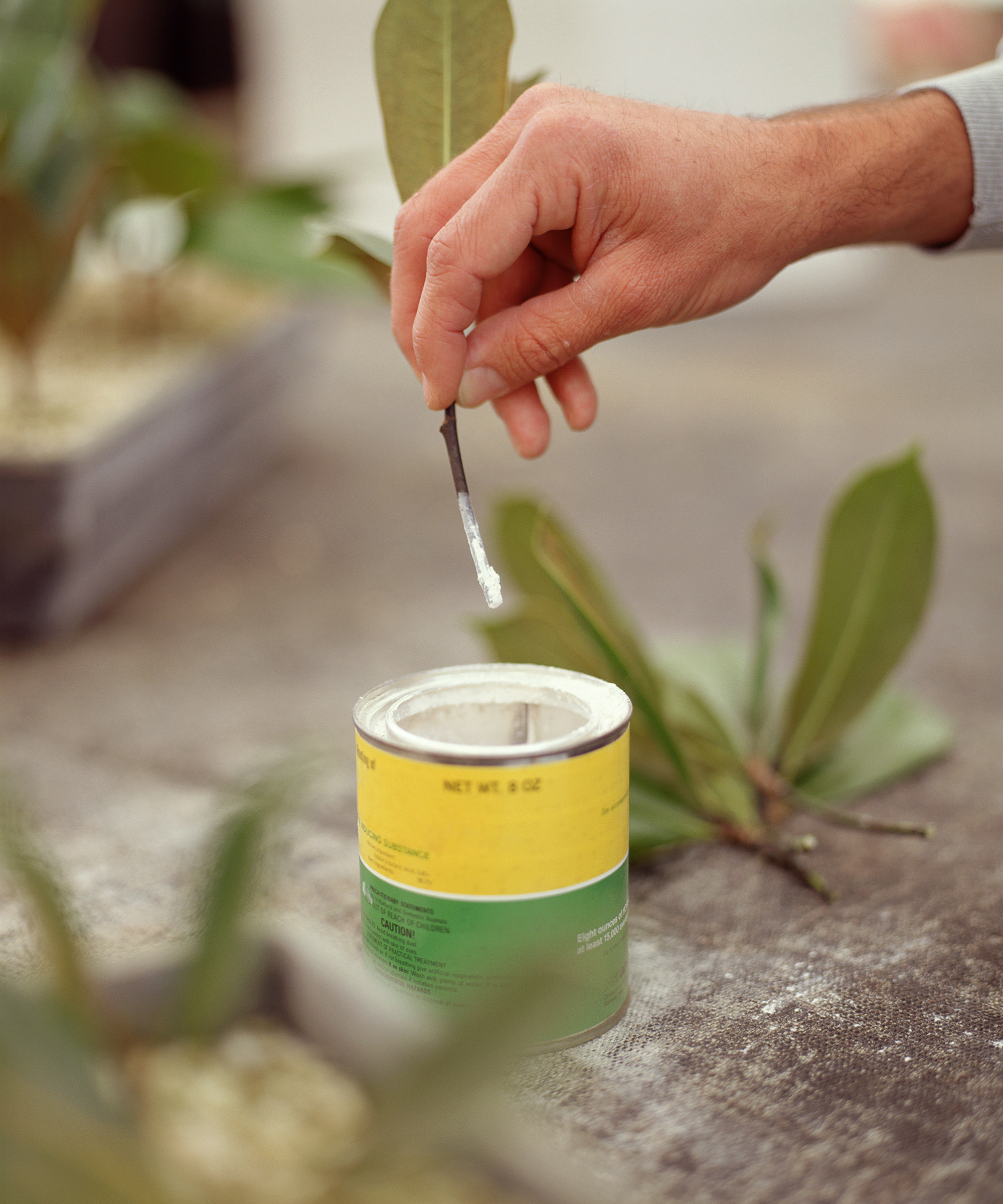22 Plants To Propagate From Cuttings In August – And How To Ensure They Thrive
Discover the top plants to take semi-ripe or softwood cuttings from in August, and grow your garden for free with these easy-to-propagate favorites.

Melanie Griffiths

Rooting plants from cuttings is a great way to grow more of your favorite varieties at no cost. Fill out your garden beds with additional specimens of your favorite plants or share cuttings with friends in a plant swap.
Cuttings are also useful for saving plants that won’t survive winter in your USDA hardiness zone. You can grow the cuttings indoors on a sunny windowsill, or in a greenhouse, and plant them out in the spring.
August is a good time in most locations to take semi-ripe cuttings and some softwood cuttings. You can perform a simple snap test to see what stage the plant is at. Take a stem and bend it back toward itself – if it does not cleanly snap then it is softwood; if it breaks cleanly, then it is ideal for semi-ripe cuttings. If the break is not clean, then it is hardwood and is best propagated over winter.
Taking Semi-Ripe Cuttings in August
Late summer is the right time to take semi-ripe cuttings, which are cuttings of the current season’s growth that are maturing.
Depending on where you garden, these types of cuttings are ready any time from late summer to the middle of fall. Keep an eye on the season’s new growth to determine the best time for semi-ripe cuttings on your plants. The stems ready for cutting will be harder and woodier at the base and fresher and softer at the tip.

Which Plants can be Propagated by Semi-Ripe Cuttings?
Many plants are appropriate for this type of cutting and propagation: vines, evergreen shrubs and hedges, groundcovers, herbs, and even some trees. Below are some examples of plants you can propagate this way – follow the links for plant-specific guides:
- Boxwood
- Butterfly bush
- Holly
- Honeysuckle
- Lavender
- Mock orange
- Passionflower
- Rosemary
- Spirea
- Star jasmine
- Viburnum

How to Take Semi-Ripe Cuttings
Start by finding heathy, undamaged stems. If planning ahead, a vigorous pruning in early spring will ensure a plant grows plenty of new material for later cuttings. Choose a stem with shorter spaces between nodes, but any healthy stem of the right maturity will work.
Sign up for the Gardening Know How newsletter today and receive a free copy of our e-book "How to Grow Delicious Tomatoes".
Use sharp, clean shears to remove one or more cuttings from a plant. Make a sharp cut just below a node. The cutting should be at least four to six inches (10-15cm) long. Remove the lower leaves on the cutting, keeping two to four in place. Also, remove the soft tip of the stem.
It’s best to root the cuttings right away. If you can’t get to them immediately, place the cuttings in a plastic bag in the shade or in the refrigerator for up to 12 hours. Dip the cut end of the stem in rooting hormone and place it in a moist potting medium. If the cutting has very large leaves, cut these in half to reduce water loss as it roots.
If possible, keep your cuttings in a warm, moist place, like a greenhouse. If you don’t have an area like this, cover the container and stem with plastic and place them somewhere warm and with indirect light. Keep the potting medium consistently moist. The cuttings should be ready to be planted outdoors next spring.

Taking Softwood Cuttings in August
You can also take softwood cuttings of some plants in August, although early or mid-summer is the more typical time to do it. Softwood cuttings are appropriate for tender perennials or annuals you want to save for next year. You can root and overwinter them for planting once the ground and air warm up in spring.
Which Plants can be Propagated by Softwood Cuttings?
Your tender or semi-hardy perennials or annuals are all good targets for softwood cuttings in August for overwintering. You can also take softwood cuttings of some deciduous shrubs. Here are some examples:
- Bidens
- Chamomile
- Clematis
- Coleus
- Fuchsias
- Geraniums (Pelargonium)
- Hydrangea
- Impatiens
- Penstemons
- Petunias
- Verbena
How to Take Softwood Cuttings
Softwood cuttings should be taken from fresh, green growth. Look for healthy, soft stems that have not matured or turned woody. Follow the same instructions as for taking semi-ripe cuttings: make a sharp, clean cut and remove the bottom leaves before placing the cut end in moist potting medium.
Softwood cuttings are best taken early in the day when the plant stems are full of water. Use non-flowering stems for the best results. As with semi-ripe cuttings, keep the cutting moist and warm and out of direct light as it roots over the winter.

Special Considerations for August Cuttings
Most plants that can be propagated with late summer cuttings will follow the same guidelines and should root readily. Rooting hormone isn’t strictly necessary but does give you a better chance of getting roots from the cutting.
It’s also important to consider how and when you’ll plant the cuttings in spring. Make sure the soil and air temperatures are warm enough for the particular plant. Even when temperatures are suitable, you should harden off your plant before fully exposing it to the elements.
Take the cutting outside for a few hours per day and place it in the shade. Over a few days, expose it to more and more sunlight outdoors. Do this for a week or two before planting it in the ground in its permanent location. Once planted, water it regularly throughout the growing season to encourage good root development.
August is the right time to propagate many plants. Cuttings are easy to work with and give good success rates if you can provide them with moist, warm conditions over the winter.

Mary Ellen Ellis has been gardening for over 20 years. With degrees in Chemistry and Biology, Mary Ellen's specialties are flowers, native plants, and herbs.
- Melanie GriffithsEditor in Chief